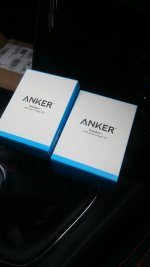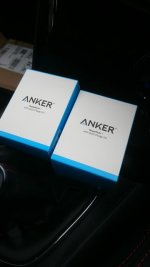The major new feature with 3.0 is INOV (Intelligent Negotiation for Optimum Voltage), which allows for a fined tuned power output and a more optimized charging cycle. Firstly, different batteries require different charging voltages. Version 2.0 supported four modes at varying power levels, 5 volts/2amps, 9V/2A, 12V/1.67A, and a 20 volt option. Quick Charge 3.0’s INOV communicates with the device to request any voltage between 3.2V and 20V at 200mV increments, allowing for a wider selection of voltages.
INOV has the added benefit of being able to dynamically adjust the charging voltage over the battery charging cycle. As a battery charges up, it slowly draws less and less current, which is partly why it takes longer to charge the last 20 percent than the first. Qualcomm states that its new technology allows the phone to request just enough voltage to reach the desired charge current, thereby maximising efficiency.
This is useful as it reduces the amount of energy wasted during charging. Previously, extra power not used to charge the battery would be lost as heat, warming up your phone and reducing the longevity of the battery. By exerting more control over charging efficiency, less power is wasted, resulting in less heat. Qualcomm states that version 3.0 is up to 38 percent more efficiency than 2.0, which is a substantial energy saving.








 Roll on 8th March
Roll on 8th March